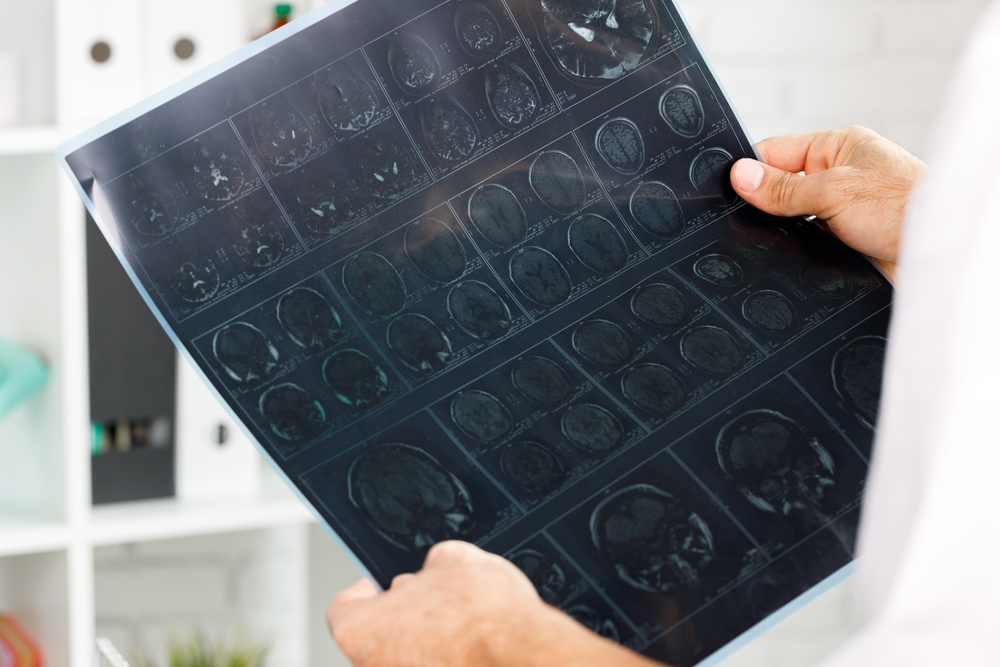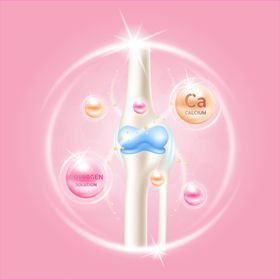Can You Have a Stroke With Normal Blood Pressure?
Published June 30, 2022.

Strokes can be caused by many different reasons—most of them stemming from an unhealthy lifestyle. Smoking, hypertension (high blood pressure), diabetes, high cholesterol, excessive drinking, and obesity can all negatively affect the body. These effects can lead to blood clots that block the flow of blood (and oxygen) to the brain or weakened arteries that rupture.
Those are the main causes, but severe or prolonged stress can also lead to a stroke. An irregular heartbeat called atrial fibrillation can also lead to a stroke.
Stroke-Indicating Blood Pressure Levels
Typically, a blood pressure reading above 180/120 mmHg is considered dangerous and is high enough to result in a stroke. If a person’s blood pressure levels reach these numbers, they should seek medical attention immediately. Aside from the risk of stroke, the individual's blood vessels might suffer severe damage, or they might be suffering from high cholesterol.
Is a Stroke With Normal Blood Pressure Possible?
While strokes are normally associated with high blood pressure, it is definitely possible for people with normal blood pressure to suffer a stroke as well. This is mainly because every person is unique and the way their bodies respond to pain and stress and unhealthy habits can be very different.
Warning Signs of an Impending Stroke
Symptoms and signs of a stroke can begin suddenly, and they often vary from one person to the next. The symptoms can also depend on the part of your brain that is affected by the stroke and the severity of the damage caused.
There are some symptoms that are common regardless of who is suffering a stroke, and they can be identified and dealt with by remembering the word FAST.
- F—Face
- A—Arms
- S—Speech
- T—Time
Face
If you’re trying to determine if someone is having a stroke, look closely at their face. A person suffering a stroke may experience loss of muscular and nerve control in one side of their face. The person could have difficulty smiling or one drooping eye.
Arms
A stroke can cause a person to have great difficulty lifting both their arms and keeping them in the air. They could also experience weakness or numbness in one of their arms.
Speech
If a person is having a stroke, their speech could be garbled or slurred. In some cases, they might not be able to speak at all.
Time
This is more about reacting quickly. If you notice any of the symptoms mentioned above, it is time to call for medical help immediately.
In addition to these symptoms, there are a few other things to look out for as well—it’s essential to keep a lookout since strokes can be different for everyone.
- Dizziness
- Complete paralysis of one side of the body
- Confusion
- Loss of vision/blurry vision
- Lack of coordination and loss of balance
- Cannot understand what people are saying
- Difficulty swallowing
- Loss of consciousness
- Severe and sudden headache
Who Is Most at Risk of a Stroke?
There are three types of strokes:
- Ischemic stroke This happens when a blood vessel that supplies blood to the brain is blocked by a blood clot.
- Hemorrhagic stroke This stroke happens when your brain cells are damaged by bleeding in the brain.
- Transient ischemic attack (mini-stroke) A mini-stroke happens when the blood flow to your brain is temporarily blocked.
Some of the risk factors causing strokes can be managed or changed, others can’t.
Risk Factors That Can't Be Changed
- Gender Men are more likely to have a stroke but women are more likely to die from a stroke.
- Race Statistically, African Americans have a higher risk of disability or death from a stroke.
- Age Older people have a higher chance of suffering a stroke.
- Medical history If you had a stroke once, the chances are higher that you could have another one.
- Genetics People with a family history of strokes are more likely to have one themselves.
Risk Factors That Can Be Changed
Risk factors that you can prevent by changing your lifestyle or seeking medical treatment include:
- Blood pressure—if you take medication for high blood pressure, you should continue to take it even if your blood pressure feels normal
- Diabetes
- Birth control pills
- Smoking
- Excessive drinking
- High cholesterol can be managed with the right medication and supplements
- Illegal drug use
- Heart disease
- Lack of exercise
- Obesity
Additionally, take a look at Bloodsyl, our advanced blood pressure support for hypertension and cholesterol.







